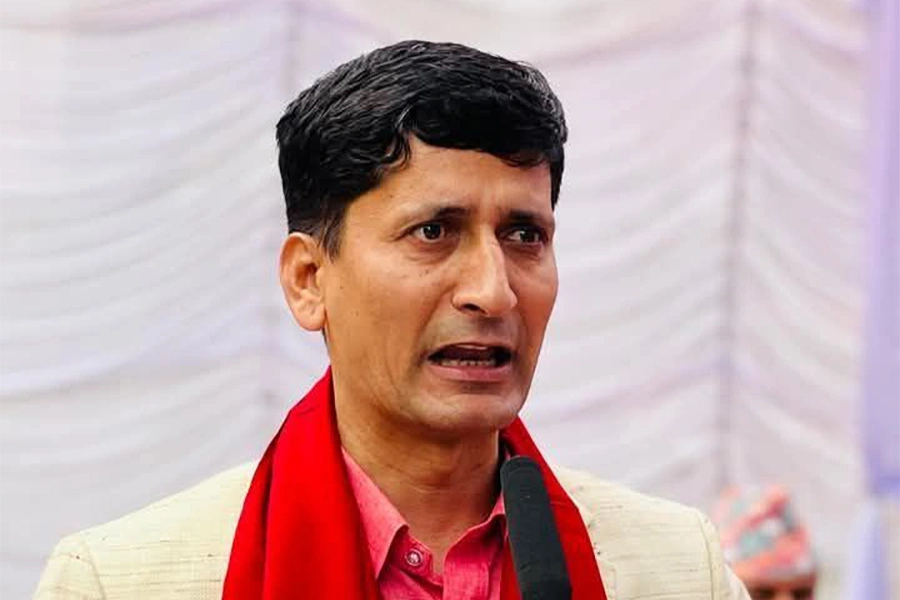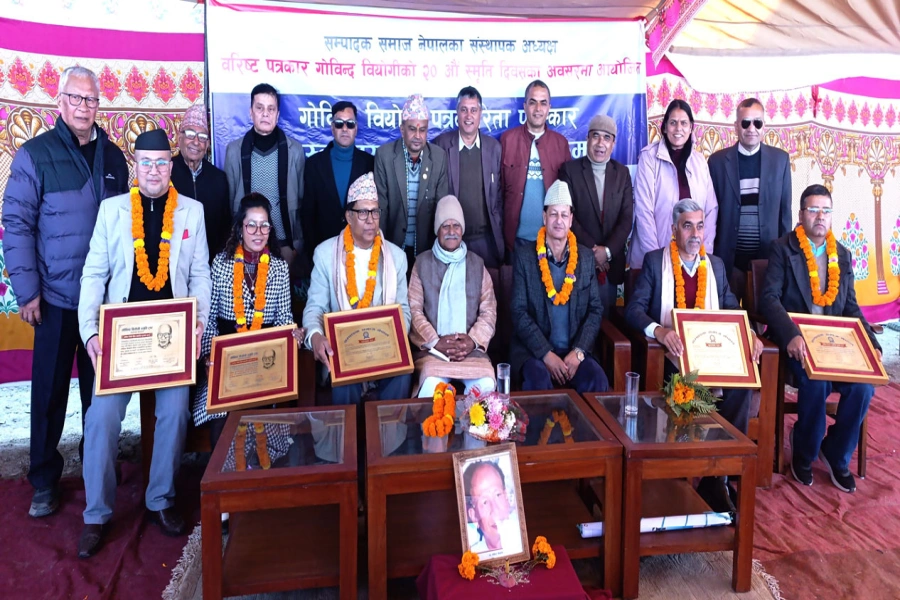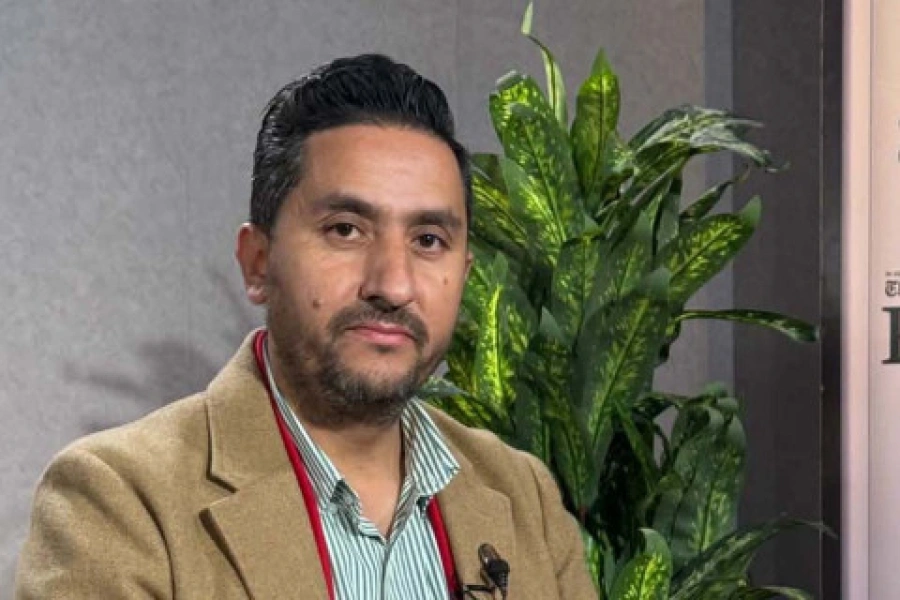At the root of the emergence of dengue as a major health problem are changes in human demography and behavior
Currently, treatment remains supportive and no effective antiviral agents exist. Although Dengvaxia, the only FDA-approved dengue vaccine, is licenced in 20 countries, the WHO did not recommend its use in seronegatives. Thus, current dengue control relies mainly on combinations of chemical and biological targeting against larval or adult mosquitoes.
Dengue fever has been recognized clinically for over 200 years. During the 18th and 19th centuries the disease occurred in intermittent pandemics affecting Asia and the Americas, occurring at intervals of up to several decades. The infection spread was slow, generally by ships carrying breeding populations of A. aegypti and susceptible human hosts. In many areas, dengue was recognized only among expatriate settlers or colonial military forces, and the disease escaped attention in the indigenous populations under poor medical surveillance. This pattern changed dramatically during and after World War II. Dengue viruses were spread by viremic military personnel to staging areas in the Pacific.
A Colonial Debt: Why Former Powers Must Fund Landlocked Develop...
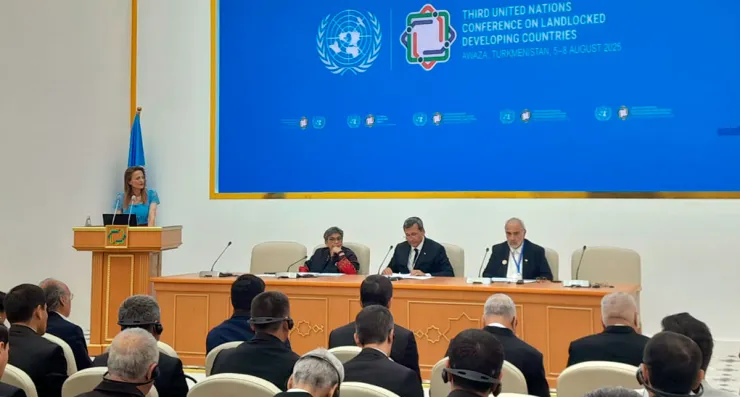
Dengue viruses are members of the Flaviviridae, transmitted principally in a cycle involving humans and mosquito vectors. In the last 20 years, the incidence of dengue fever epidemics has increased and hyperendemic transmission has been established over a geographically expanding area. A severe form, dengue hemorrhagic fever (DHF), is an immunopathologic disease occurring in persons who experience sequential dengue infections. The risk of sequential infections, and consequently the incidence of DHF, has risen dramatically, first in Asia and now in the Americas. At the root of the emergence of dengue as a major health problem are changes in human demography and behavior, leading to unchecked populations of and increased exposure to the principal domestic mosquito vector, Aedesaegypti. Virus-specified factors also influence the epidemiology of dengue.
Dengue is the most rapidly spreading mosquito-borne viral disease and is caused by any one of four single-stranded, positive-sense RNA viruses (DENV-1 to DENV-4). In recent decades, the incidence of dengue has grown dramatically worldwide; it has been estimated to cause 390 million infections yearly, and approximately 20,000 deaths. Moreover, the number of dengue cases reported to the World Health Organization has increased over eight fold in the last two decades from 505,430 cases in 2000, to over 2.4 million in 2010 and 4.2 million in 2019. Meanwhile, the reported deaths between 2000 and 2015 increased from 960 to 4032. These reports and disease modeling estimates suggest that dengue is greatly underreported.
In the last 20 years, dengue fever and a severe form of the disease described for the first time in the mid-1950s—dengue hemorrhagic fever (DHF)/dengue shock syndrome (DSS)—have emerged as the most important arthropod-borne viral diseases of humans. During this period, the frequency of dengue fever epidemics has increased dramatically, hyperendemic transmission has been established over a geographically expanding range and DHF has occurred in new areas and at higher incidence. It is estimated that up to 100 million cases of dengue fever occur annually on a worldwide basis. Approximately 250,000 cases of DHF are officially notified, and the true incidence is undoubtedly several-fold higher. Relatively few cases were recognized in the first 25 years after the initial description of this disease, while reports have risen steeply in recent years. The geographic expansion of epidemic dengue fever during the 1980s involved South, Central, and North America; Africa; China; and Australia, and is expected to continue in receptive regions infested by Aedesaegypti. Of greatest concern to the future health of the Western Hemisphere is the emergence of DHF in the Americas during the last 12 years. The factors responsible for the worldwide increase in the incidence and distribution of dengue are closely linked to changes in human ecology and behavior.
The clinical profile and presentation of patients with dengue infection may differ from asymptomatic infection to dreadful complications, such as dengue shock syndrome. Since the clinical presentation of dengue is similar to that of other febrile illnesses caused by more than ten pathogens, misdiagnosis is common even among experienced physicians. In addition, due to economic and technological limitations, some potential dengue cases remain undetected. Moreover, official passive surveillance systems are not designed to capture subclinical infections. Hence, a large disparity exists between the number of reported cases and the estimates of actual cases.
Currently, treatment remains supportive and no effective antiviral agents exist. Although Dengvaxia, the only FDA-approved dengue vaccine, is licenced in 20 countries, the WHO did not recommend its use in seronegatives. Thus, current dengue control relies mainly on combinations of chemical and biological targeting against larval or adult mosquitoes. Mosquito reduction campaigns have been very successful but they are difficult to sustain, mainly because they are labor intensive, require discipline and diligence, and are plagued by diminishing returns. Nevertheless, the dengue incidence is high in resource-constrained countries where restricted health budgets are divided between control and treatment. Therefore, it is essential for public health policymakers, vaccine developers, vector control specialists, and physicians to accurately provide robust estimates of the current and future burden of dengue.
PREVENTION AND CONTROL
The ability to control dengue by reduction of the vectors responsible for transmission seems increasingly remote. Efforts to develop effective live, attenuated, and genetically engineered vaccines are under way, and the impetus to move candidate vaccines into large-scale human trials will increase as DHF emerges as a major health problem in the Western Hemisphere. The immunopathogenesis of DHF demands that durable protective immunity to all four serotypes be elicited simultaneously, posing a formidable challenge to vaccine development.




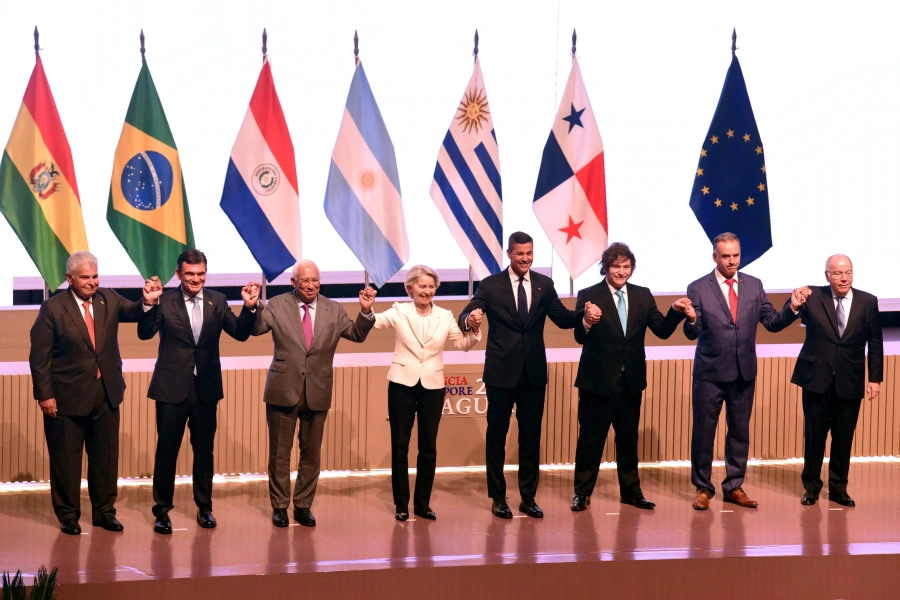
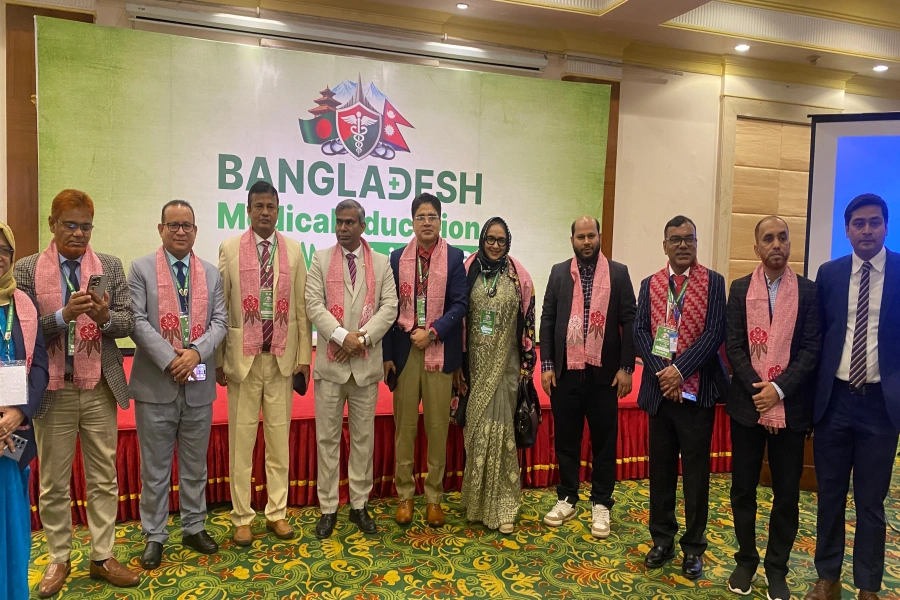


-1768720371.webp)









